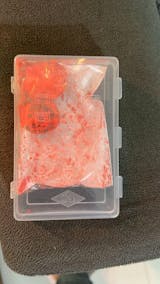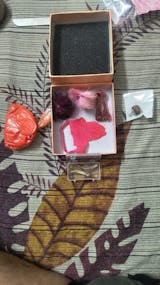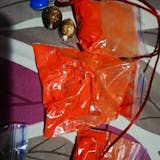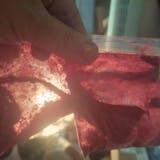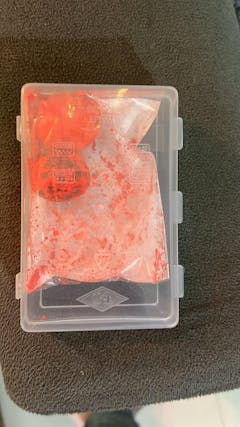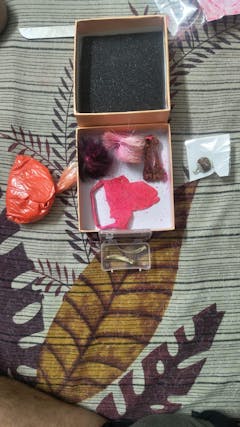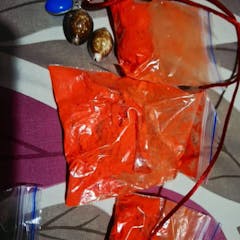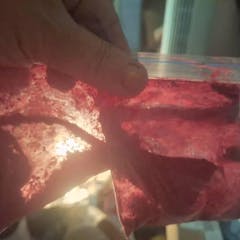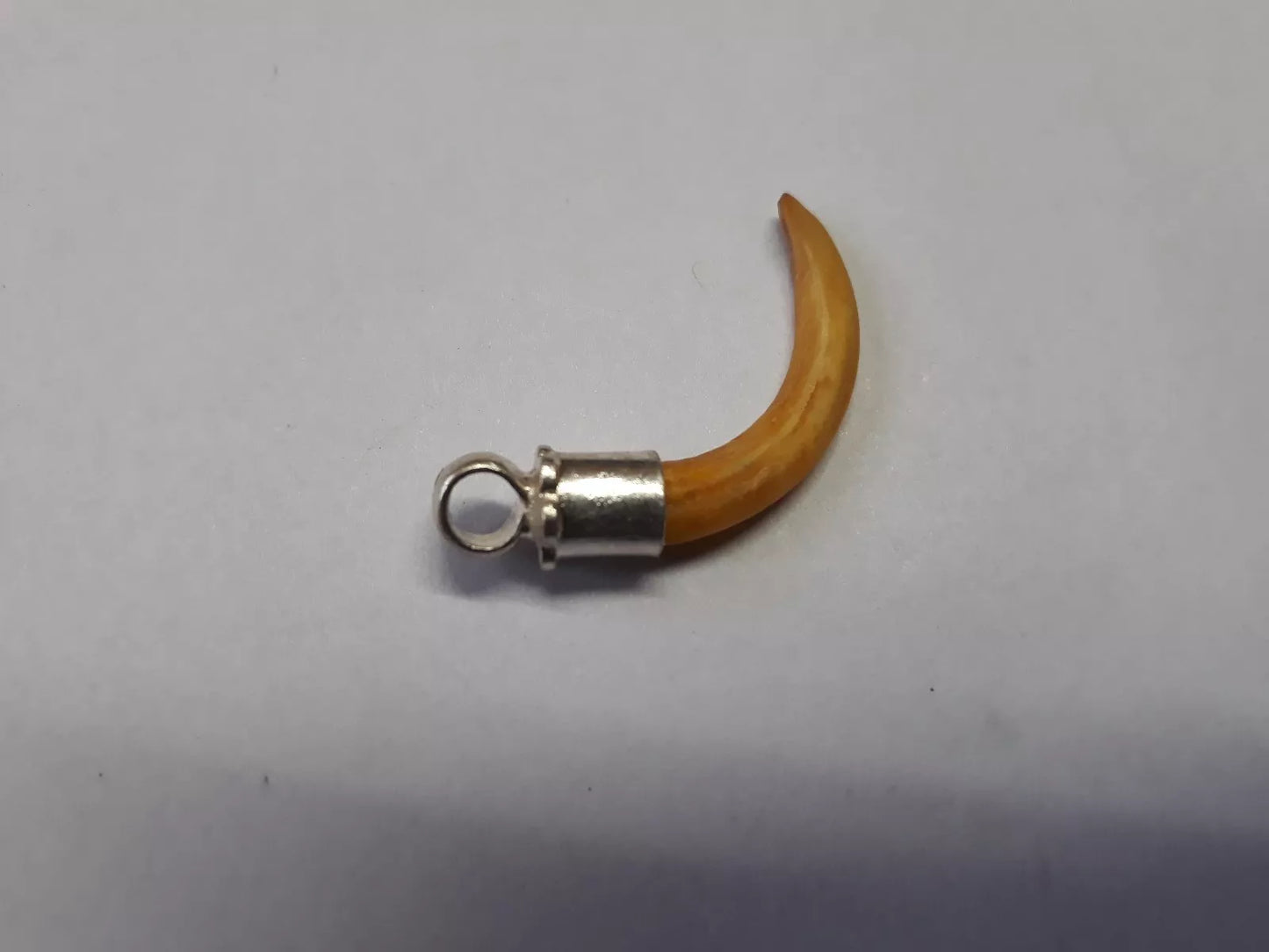I have received the product without silver camping
Mene TANTRAX se Gajmukta liya tha, aur iska asar sach me powerful nikla. Ghar me shanti, business me growth aur money flow dono me improvement feel hua. Energy bilkul original hai. Jo log positivity aur luck attract karna chahte hain, unke liye Gajmukta best choice hai.
Mene TANTRAX se Hatha Jodi, Billi ki Jer, Siyar Singhi aur Owl Nail order kiya. Packing bohot achi thi aur products ki energy original feel hui. 10–14 din me results dikhe — business growth, paisa rukna band, aur ghar me positivity badh gayi. Truly powerful & genuine products. Highly recommended! 🙏✨
